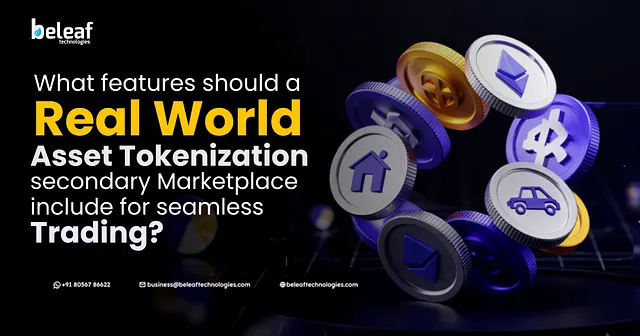Bitcoin bulls face battle to flip moving averages back to support level
Bitcoin bulls are in a battle to flip three moving averages back to support at the start of the week, according to the latest BTC price analysis. This comes amid a US shutdown that could halt key economic data releases and slow regulatory processes, potentially delaying the approval of crypto ETFs.
After a FUD-filled week that saw prices across the crypto market retreat from local highs, Bitcoin and altcoins appear to be rallying back. Whether this is simply a relief rally, an exit rally, or the start of the next leg up, the last quarter of 2025 will be tricky for markets.
Bitcoin’s potentially volatile monthly close
With Bitcoin and the dollar in a state of flux, volatility catalysts are as crucial as ever. Discussing the current market structure, one X trader points to a cluster of simple moving averages that have merged into a small area.
The 21-day, 50-day, and 100-day SMAs are now all in the same place, and that is where the spot price is now acting. “They’re all really closely wound right now,” he said during a video update uploaded to X.
Bitcoin’s price movements are minimal today, with small gains and slight losses. A raft of US macroeconomic data is due throughout the week, with almost all of it about employment.
 Bitcoin’s price movement. Source: TradingView
Bitcoin’s price movement. Source: TradingView
Bitcoin price may also perform well, as it mirrors the performance of gold, which has jumped to a record high this year amid strong demand from institutions.
US government shutdown and NFP data ahead
The next significant catalyst for Bitcoin price will be the potential US government shutdown, scheduled to begin on October 1. Hedge assets, such as Bitcoin, gold, and silver, have continued to rally today.
The US is currently on the edge of a government shutdown as Republicans and Democrats clash over healthcare and federal spending. Polymarket data shows that the odds of the shutdown have surged to 85%.
Republicans have advocated for a clean spending bill, while Democrats want to use their leverage to implement certain policies related to health and Medicaid. A shutdown would trigger a data blackout, halting the release of key economic reports, including jobs and CPI.
This could further prevent the Federal Reserve from making fresh inputs for policy decisions. Regulatory agencies, such as the SEC and CFTC, would also operate with reduced staff, potentially delaying IPOs, approvals, and reviews of crypto ETF applications.
Crypto market analysts warn of a short-term dip in both US equities and cryptocurrencies. Hence, high-beta assets, such as BTC, ETH, and altcoins, could potentially experience heightened volatility.
Last week alone, crypto market liquidations soared to over $1 billion on two separate occasions. Historical data shows that the US shutdown has triggered short-term pain before triggering an upside rally.
During the US government shutdown from December 22, 2018, to January 25, 2019, Bitcoin price experienced a decline. However, shortly after the shutdown ended, the crypto began a notable price recovery.
In a press briefing on Monday, US Vice President JD Vance said, “I think we are headed for a shutdown.” Soon after, the odds of a US shutdown on the decentralized platform Polymarket surged to 85%, up 60% from the previous level.
According to market analysts, there are two possible outcomes. The first is that the market may react with a sharp decline, potentially offering a buy-the-dip opportunity. On the other hand, the market could remain largely unmoved, focusing instead on corporate earnings scheduled to begin mid-October.
If you're reading this, you’re already ahead. Stay there with our newsletter.
You May Also Like

CME to launch Solana and XRP futures options on October 13, 2025

Bitcoin Hyper Presale Breaks $18M While Bitcoin Core v30 Upgrade Divides the Community
